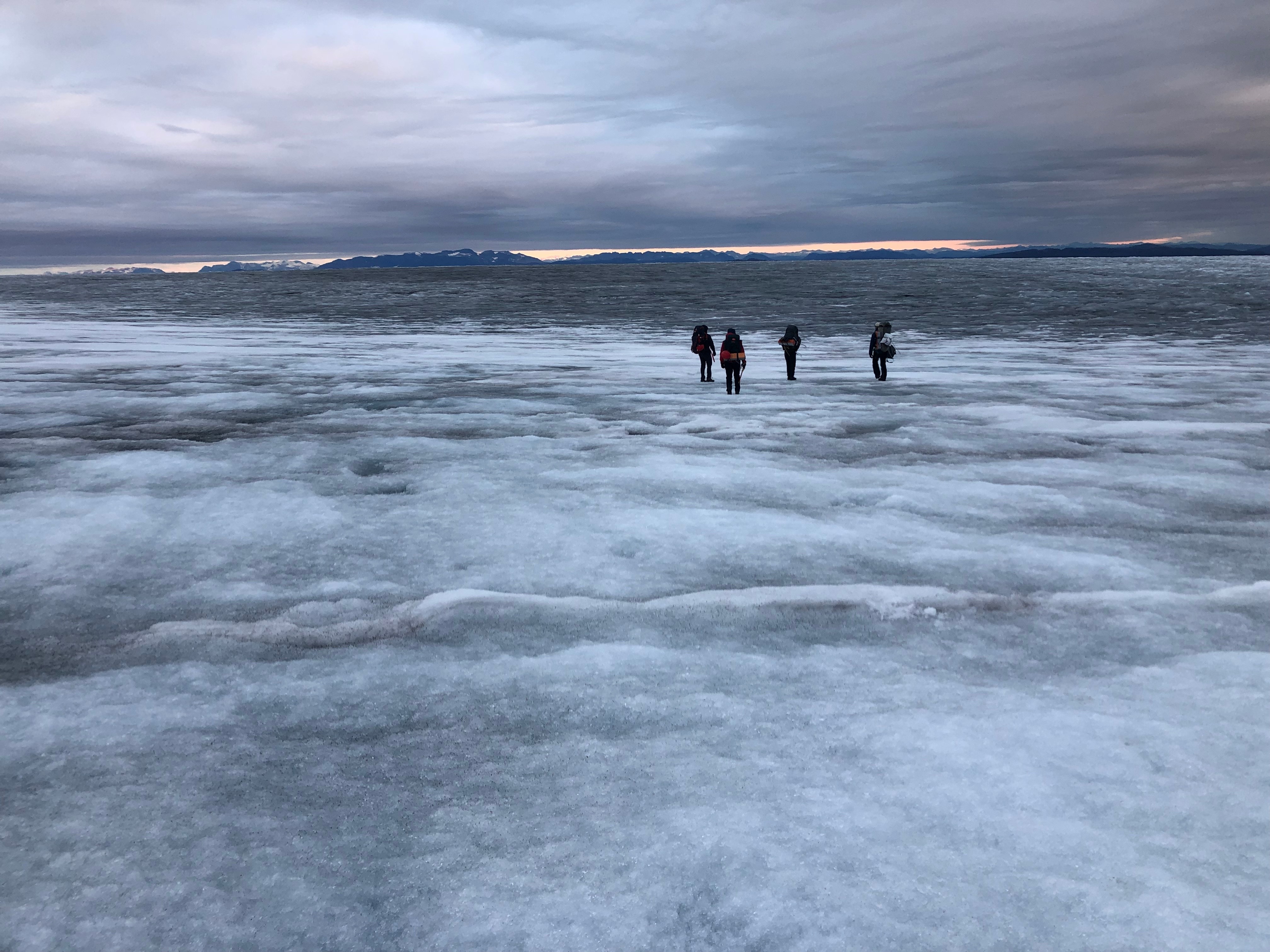Heatwave in China is the most severe ever recorded in the world

Low rainfall and record-breaking heat across much of China are having widespread impacts on people, industry and farming. River and reservoir levels have fallen, factories have shut because of electricity shortages and huge areas of crops have been damaged. The situation could have worldwide repercussions, causing further disruption to supply chains and exacerbating the global food crisis.
People in large parts of China have been experiencing two months of extreme heat. Hundreds of places have reported temperatures of more than 40°C (104°F), and many records have been broken. Subway stations have set up rest areas where people can recover from the heat.
On 18 August, the temperature in Chongqing in Sichuan province reached 45°C (113°F), the highest ever recorded in China outside the desert-dominated region of Xinjiang. On 20 August, the temperature in the city didn’t fall below 34.9°C (94.8°F), the highest minimum temperature ever recorded in China in August. The maximum temperature was 43.7°C (110.7°F).
It is the longest and hottest heatwave in China since national records began in 1961. According to weather historian Maximiliano Herrera, who monitors extreme temperatures around the world, it is the most severe heatwave recorded anywhere.
“This combines the most extreme intensity with the most extreme length with an incredibly huge area all at the same time,” he says. “There is nothing in world climatic history which is even minimally comparable to what is happening in China.”
Together with the extreme heat, low rainfall in parts of China has led to rivers falling to low levels, with 66 drying up completely. In parts of the Yangtze, water levels are the lowest since records began in 1865. In a few places, local water supplies have run out and drinking water has had to be trucked in. On 19 August, China announced a national drought alert for the first time in nine years.
In Sichuan alone, 47,000 hectares of crops are reported to have been lost and another 433,000 hectares damaged. The agriculture ministry has said it will try to increase rainfall by seeding clouds. It remains scientifically unclear whether cloud seeding makes a significant difference.
China is far from the only place affected by drought. Europe is having what may be its worst drought in 500 years. There is also a drought in the Horn of Africa, and across much of the US and Mexico.









